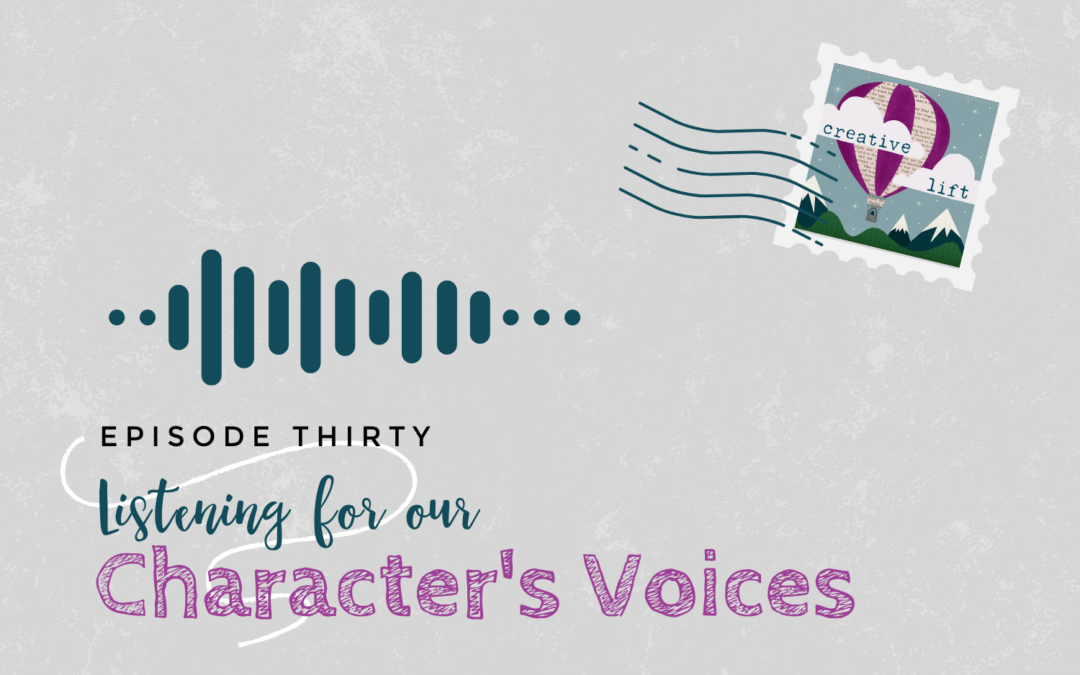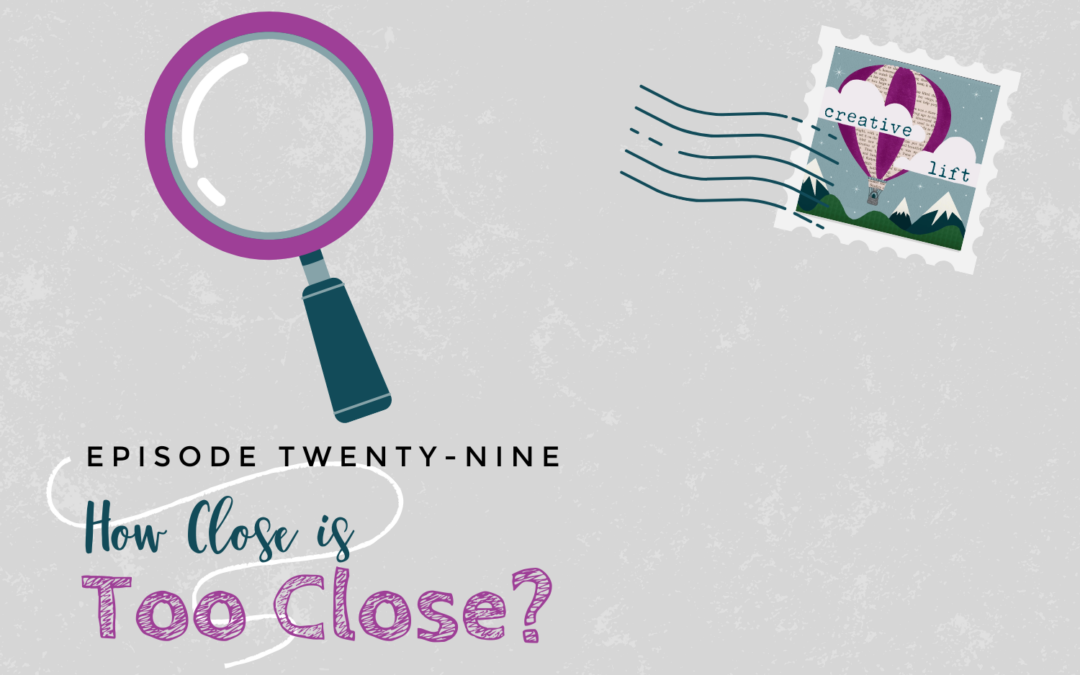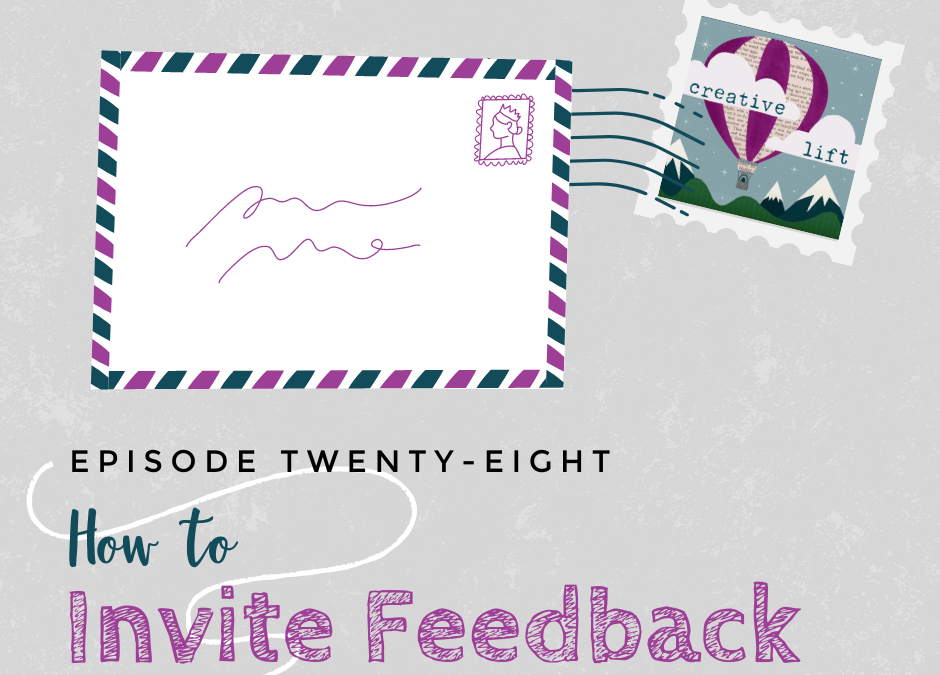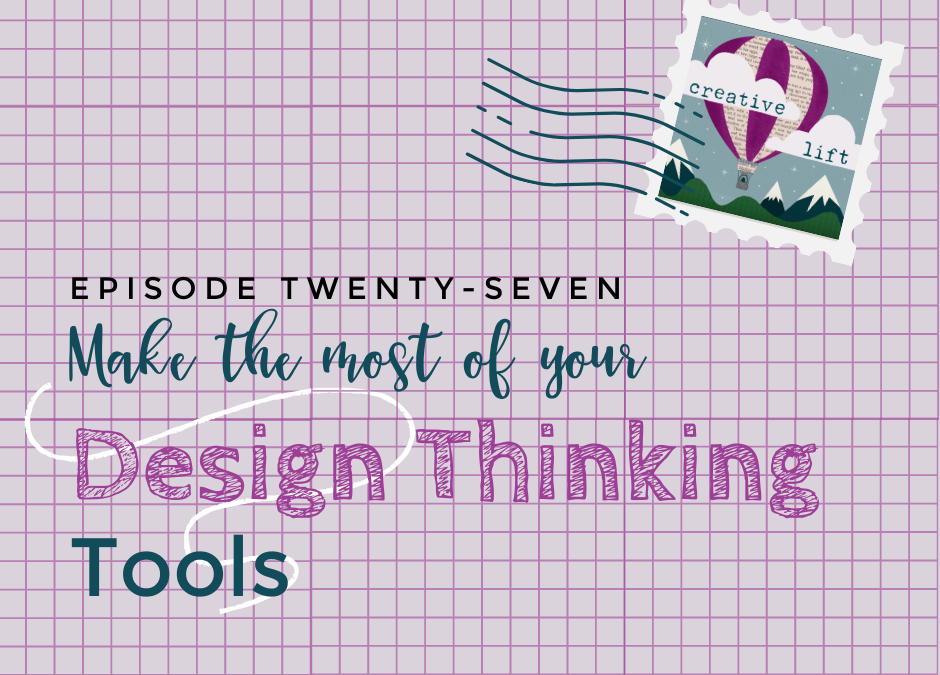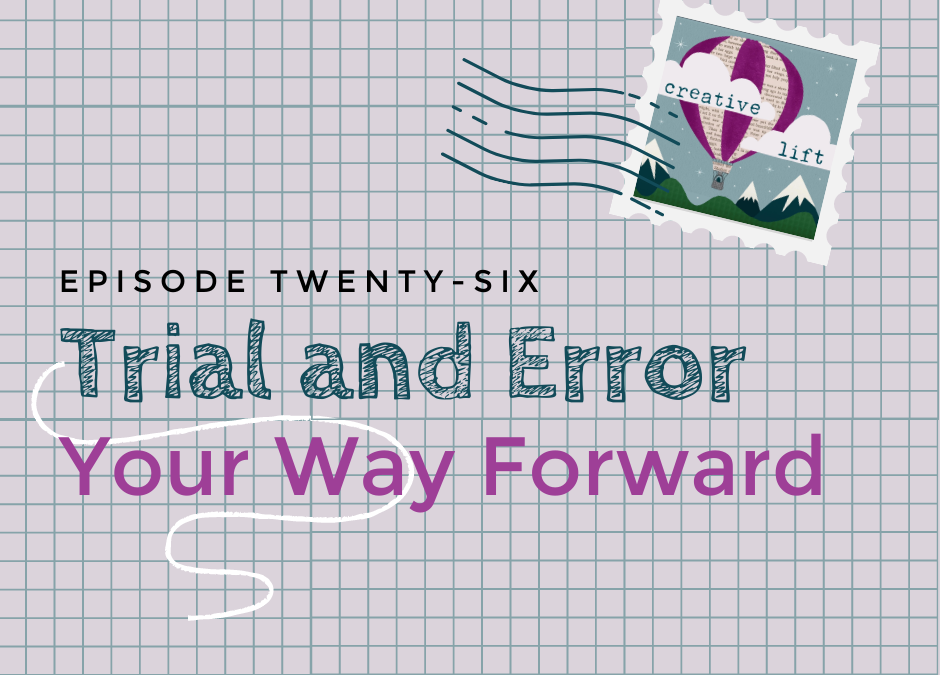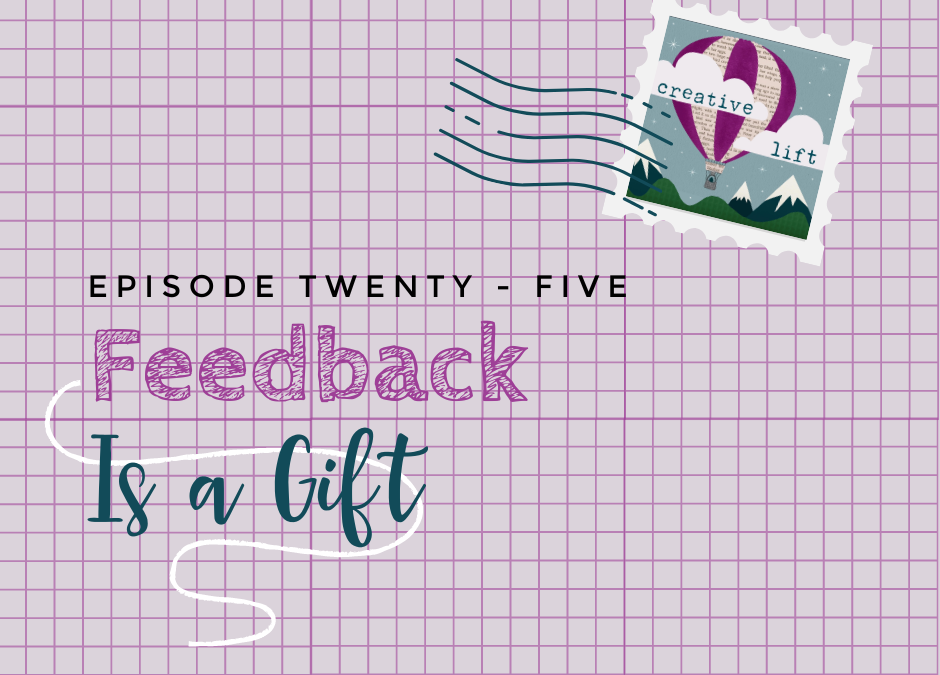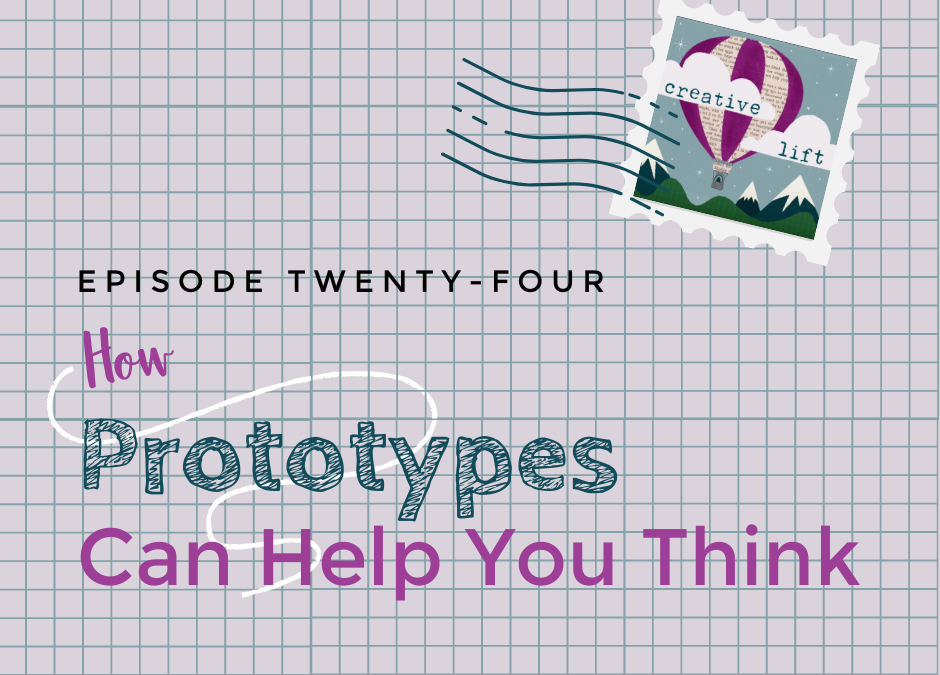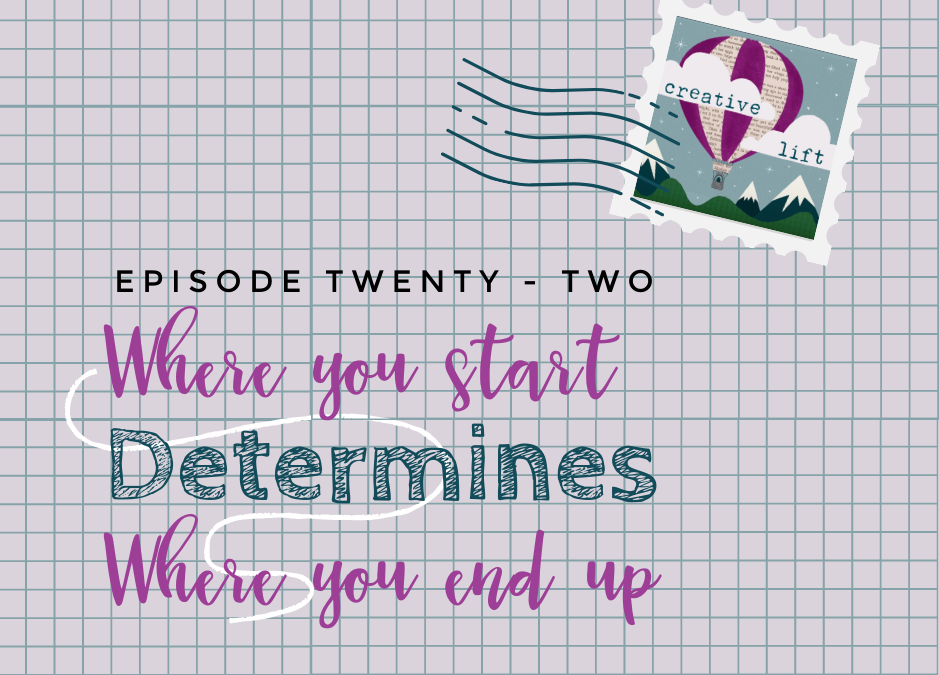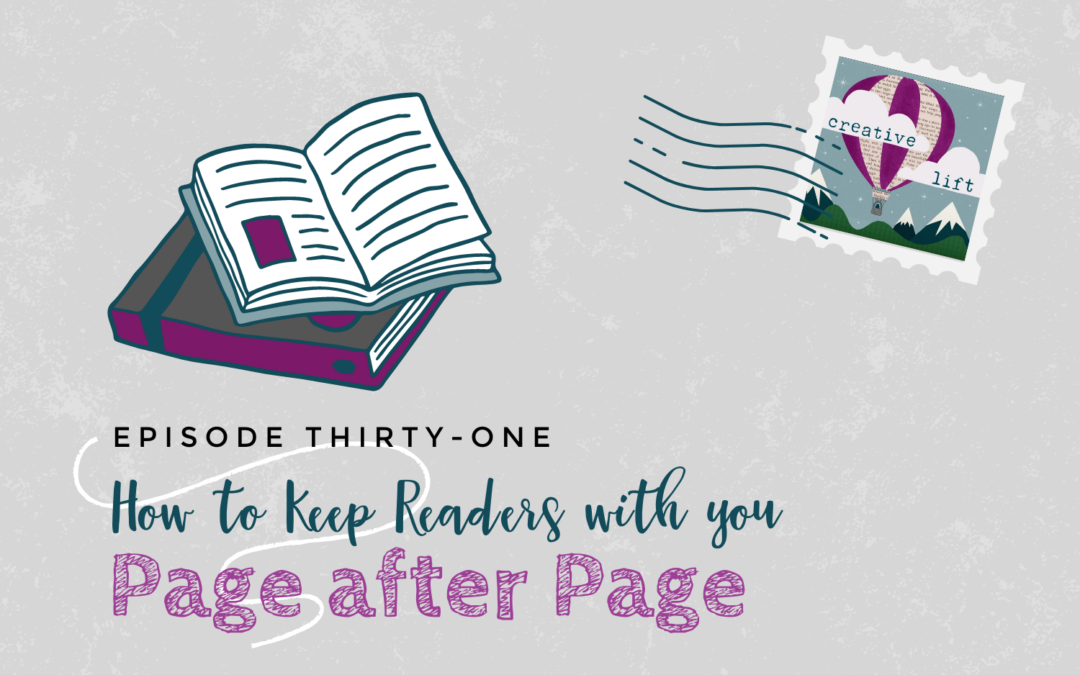
Creative Lift 031- How to Keep Readers With You Page After Page
Aside from interior monologue, are there other ways to clue a reader into a character’s
thoughts and emotions? How might we keep a reader informed if we don’t want to
submerge them in a sea of rumination?
We’re in season four of the podcast, Behind the Scenes of a Full-Novel Revision, in
which I’m discussing a full novel revision with my fellow writer, Alex Doherty, a fellow
middle-grade writer. Our conversation is guided by his questions and goals for the
manuscript, and today we’re looking at interior monologue.
LISTEN IN:
A huge thank you to Alex Doherty, who records and edits Creative Lift.
The feedback approach we’ve used in this season references Design Thinking tools and
mindsets. If you’d like to explore further how to apply Design Thinking to your writing
process, check out our Skillshare course, Design Thinking for Writers: Create a
Compelling Character, at this link.
EPISODE LINKS:
Design Thinking for Writers: Create a Compelling Character
Find me on Instagram: @naomikinsman
Find Alex on Instagram: @ag.doherty
Like this episode and want more? If so, I’d be ever so grateful if you’d follow and review the show:

